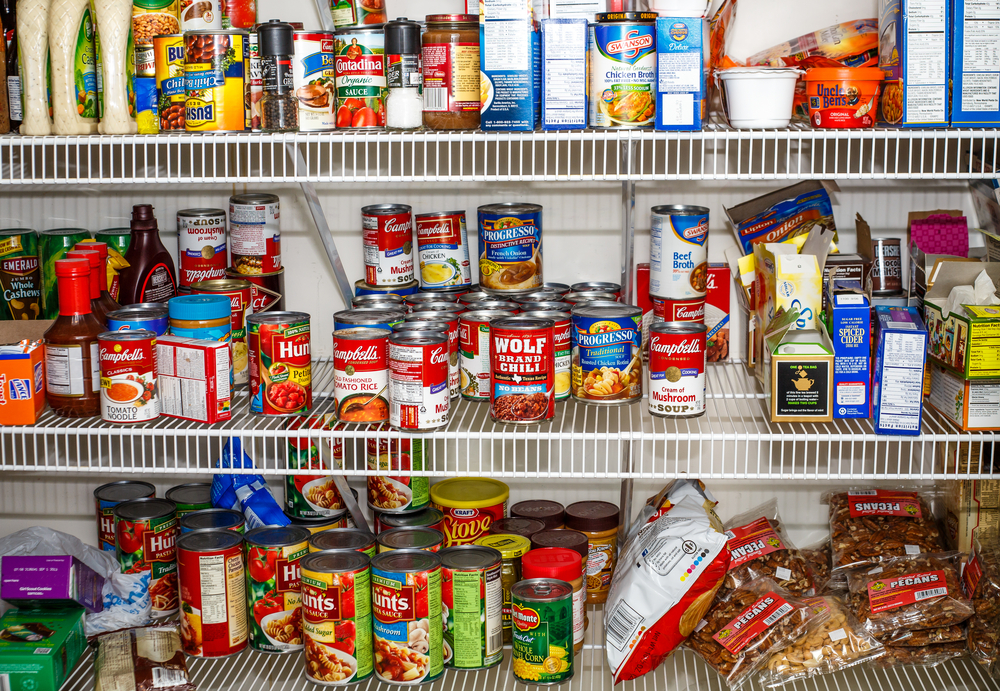Navigating the aisles of any grocery store, it’s easy to be seduced by the vibrant colors and compelling graphics of food packaging. Yet, hidden beneath these appealing designs is a less glamorous reality: the packaging encasing our meals may be quietly contributing unwanted chemicals to our diet. From the ink on your cereal box to the lining in your canned soup, each element of packaging is a potential source of chemical transfer. Let’s dive into the complex world of food packaging and uncover the ways it may be affecting your health.
1. Phthalates In Plastic Wraps
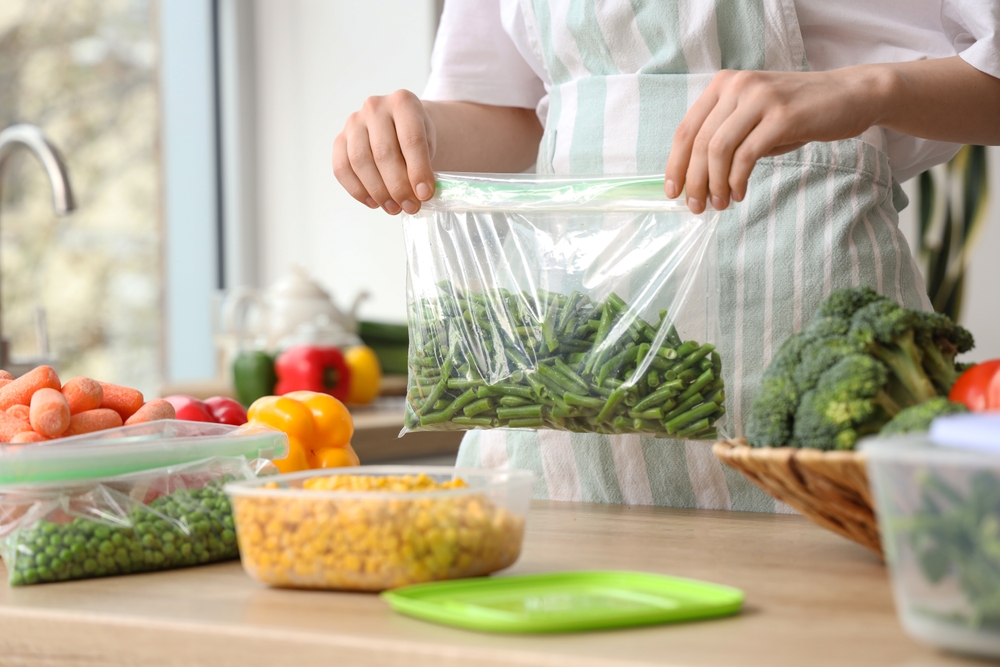
Plastic wraps are a kitchen staple, but they often contain phthalates, a group of chemicals used to make plastics more flexible. These compounds have been shown to migrate into foods, particularly fatty items, during storage. Mounting research links phthalate exposure to a host of health concerns, including endocrine disruption, reproductive issues, and developmental problems in children. Chronic exposure to phthalates can adversely affect the endocrine system and impact child growth, development, and reproductive health, even at levels previously considered safe by the PMC.
To reduce your risk, it’s wise to opt for phthalate-free wraps or alternatives like beeswax wraps and silicone lids. These options not only avoid harmful chemicals but are also reusable and better for the environment. If you prefer plastic, look for products specifically labeled as phthalate-free, and be mindful that even “safer” replacements for older phthalates may carry their risks. Making informed choices about your food storage can have meaningful benefits for your health and the planet.
2. Bisphenol A (BPA) Lining In Canned Goods
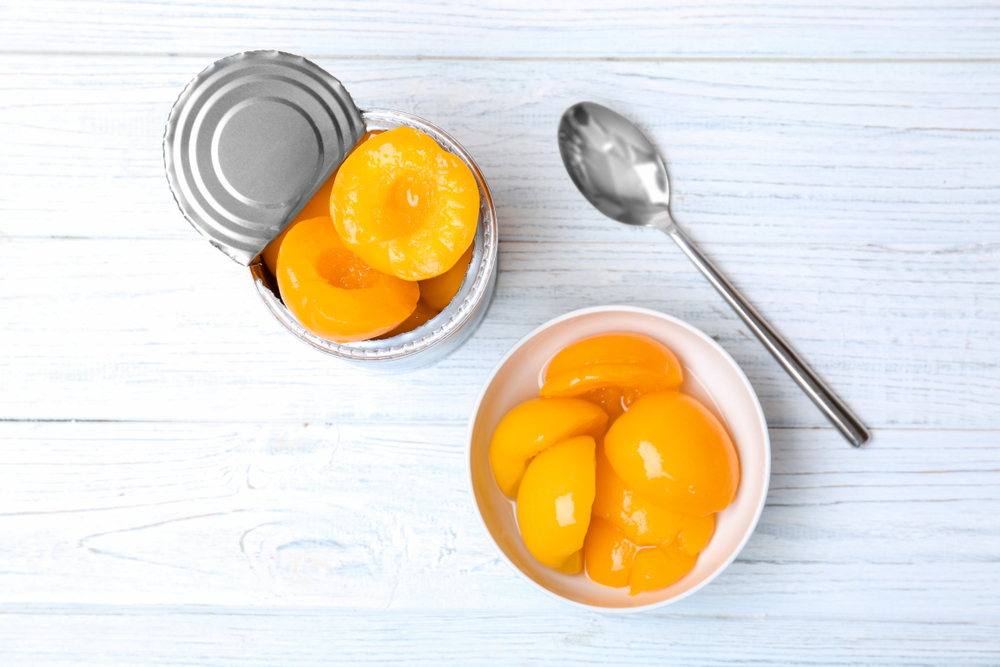
Canned foods are a pantry staple, providing convenience and longevity for a variety of meals. However, the inner linings of many cans often contain Bisphenol A (BPA), a chemical used to prevent metal corrosion. Research from the National Institute of Environmental Health Sciences has linked BPA exposure to various health concerns, including hormone disruption. While some manufacturers have eliminated BPA from their cans, it’s worth noting that alternatives, such as BPS or BPF, might not be entirely safe either.
Those seeking to avoid BPA should look for labels that explicitly state the absence of BPA or opt for glass jars and Tetra Paks as alternatives. Interestingly, acidic foods like tomatoes have a higher propensity to leach these chemicals, due to their tendency to react with the can’s lining. By being discerning about your canned goods or opting for fresh produce when possible, you can significantly reduce your exposure to this potentially harmful chemical. Collaborating with brands that prioritize safe packaging is another step toward healthier consumption.
3. Ink Transfer From Printed Packaging

The colorful designs on food packaging do more than catch your eye—they can also introduce unwanted chemicals into your food. The inks used in these designs may transfer to the food through a process called set-off, especially if the packaging is stacked or stored improperly. This is particularly common with dry foods, where the lack of moisture allows chemicals to move more freely. The risk is even greater with recycled packaging, since inks from previous uses can linger in the material.
Studies have revealed that many food samples contain chemicals commonly found in printing inks and adhesives, sometimes even exceeding regulatory limits. Chemicals such as caprolactam, an irritant, and 2-methyl-5-nitroaniline, a suspected carcinogen, have been detected, raising concerns about consumer safety. These findings emphasize the importance of transparency and stricter monitoring in packaging practices to reduce chemical exposure, as highlighted by research shared by the Food Packaging Forum.
4. Leaching From Microwaveable Containers
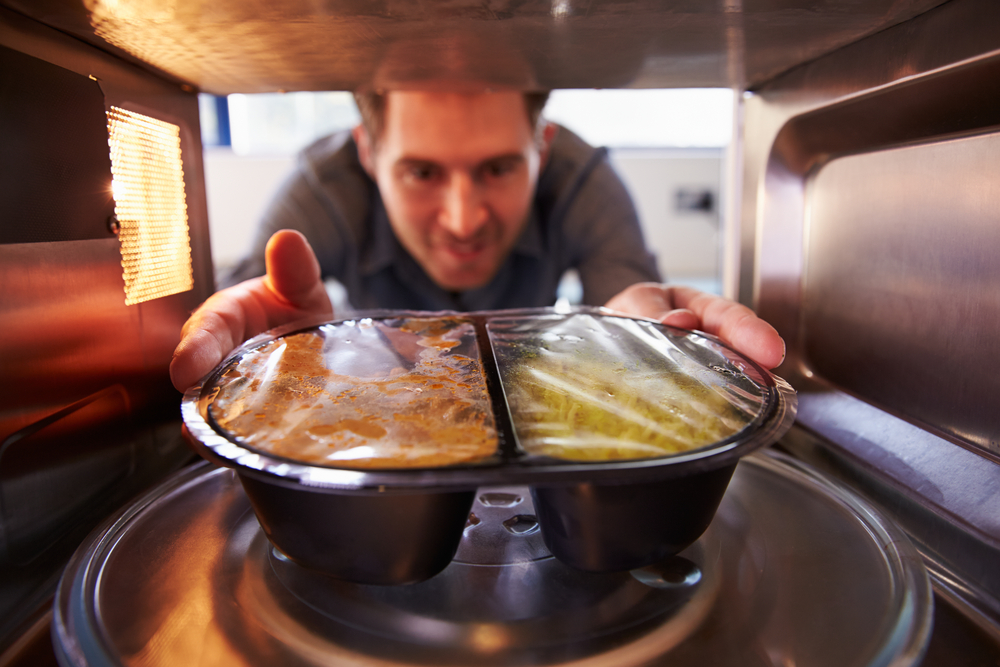
Microwaveable containers offer convenience, but not all plastics are stable when exposed to high heat. When heated, some containers can release chemicals such as styrene, which may migrate into your food. This is particularly concerning since styrene is classified as a possible human carcinogen by several health agencies. The leaching risk increases if the containers are scratched or damaged, as imperfections can accelerate chemical migration.
To minimize exposure, experts recommend using glass or ceramic containers for microwaving food. As discussed in recent consumer safety reports by the Center for Research on Women & Families, some plastics are labeled as microwave-safe, but even these may not be entirely risk-free over time. When in doubt, switching to non-plastic alternatives is the safest bet for both your health and the environment.
5. Chemical Coatings On Non-Stick Cookware

Non-stick cookware is a beloved kitchen staple, loved for its ease during cooking and cleaning. Unfortunately, the chemical coatings that provide these properties often contain perfluorinated compounds (PFCs). When heated, especially at high temperatures, these chemicals can break down and release toxic fumes into the air and potentially into the food. These compounds have raised health concerns due to their persistence in the environment and their link to health issues like thyroid disease and cancer.
Opting for safer alternatives like stainless steel or cast iron pans can eliminate the risk associated with PFCs. If non-stick is a must, ensuring the cookware is not scratched or overheated is vital in reducing chemical release. Additionally, many manufacturers now offer PFC-free non-stick options, which can be a healthier alternative. Mindful cooking practices and informed choices can effectively reduce exposure to these harmful compounds.
6. Migration Of Chemicals From Takeout Containers
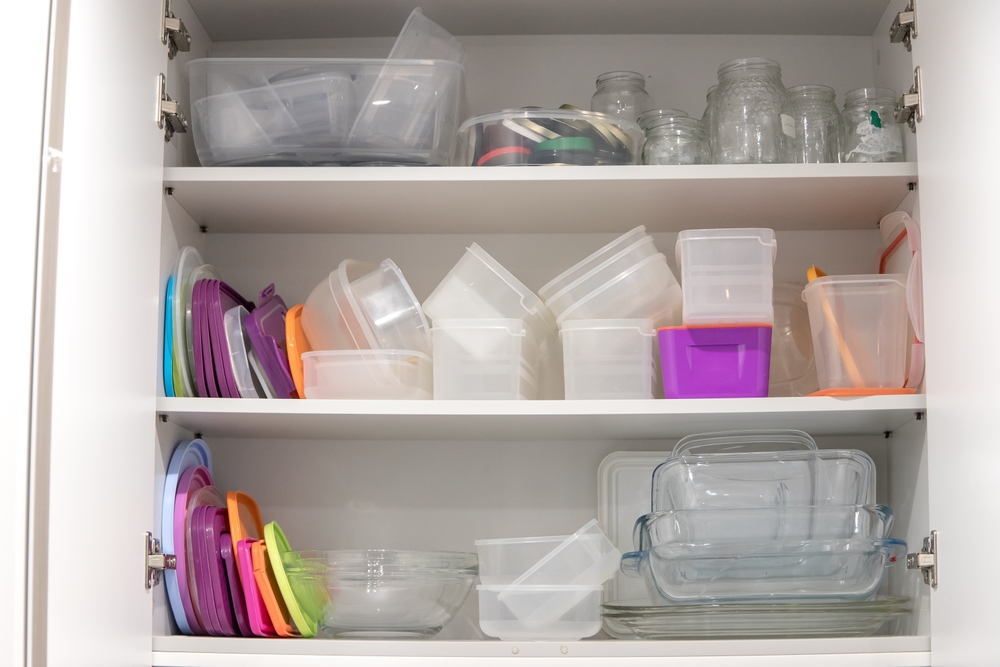
In an age where takeout is more popular than ever, the materials used for these containers deserve scrutiny. Many takeout containers are made from polystyrene, commonly known as Styrofoam, which can leach styrene and other chemicals, especially when in contact with hot, greasy foods. Research featured in a Wiley study demonstrates that factors like temperature, fat content, and duration of contact all influence how much styrene migrates from polystyrene packaging into food, with higher temperatures and longer exposure times increasing the risk.
To minimize your exposure, transferring takeout food to safer containers once you’re home is a wise practice. Supporting establishments that use eco-friendly packaging alternatives can also drive a broader industry shift. These alternatives include containers made from biodegradable materials or those designed to withstand heat without chemical migration. Awareness of the potential risks associated with takeout containers can help you make more health-conscious dining decisions.
7. Chemical Additives In Beverage Cartons
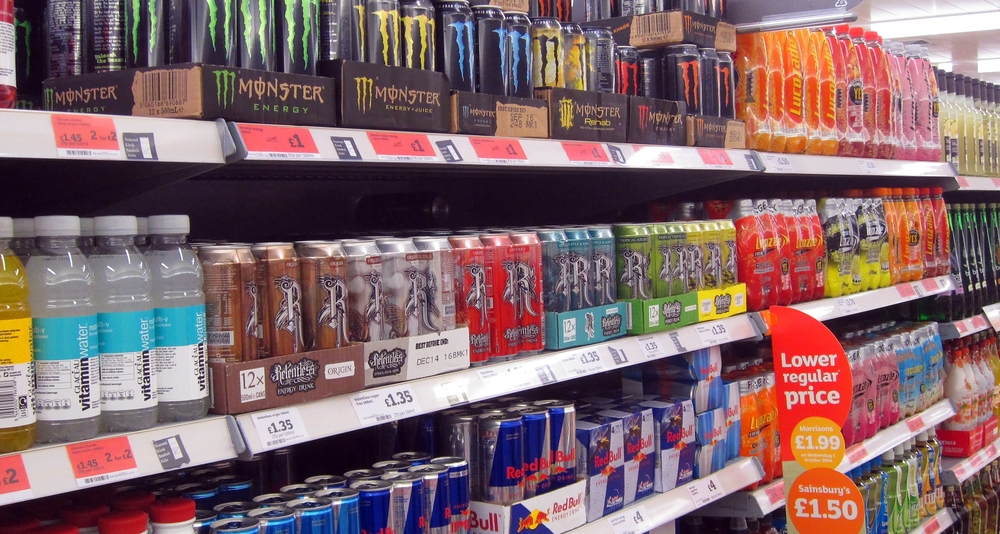
Beverage cartons are a convenient way to store liquids without the fragility of glass. However, the carton linings often contain additives that can migrate into the beverages. These additives, such as polyethylene, help maintain the integrity of the carton but can leach into the liquid over time, particularly if stored improperly or exposed to heat. While these substances are generally considered safe in small amounts, chronic exposure is a different concern. Research published on PubMed highlights that some synthetic chemicals found in packaging can migrate into beverages, raising questions about long-term health effects.
To enjoy your favorite beverages without the added chemicals, look for cartons labeled as free from harmful additives. Additionally, rotating your stock and consuming beverages before expiration can reduce the risk of chemical leaching. Experts featured in Medical News Today also advise choosing brands that prioritize sustainable and chemical-free packaging to protect your health and the environment. By making informed choices, you can reduce your exposure to unwanted additives without sacrificing convenience.
8. Heavy Metals In Glass Jars And Lids
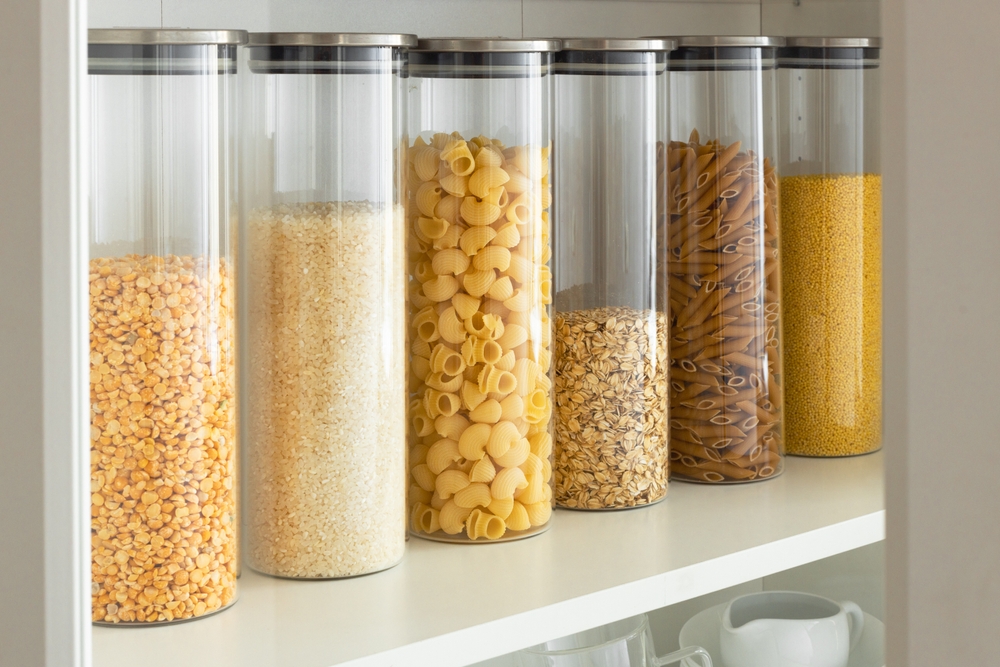
Glass jars may seem like a haven away from plastic-related concerns, but they aren’t entirely without risks. The lids of these jars, particularly if they’re coated with enamel, can often contain heavy metals such as lead. These metals can leach into the contents, especially if the food is acidic or stored for extended periods. The presence of such heavy metals in food packaging raises significant health concerns, given their toxic potential.
Choosing glass jars with BPA-free and lead-free certifications can help mitigate these risks. It’s also beneficial to store foods in smaller quantities and avoid long-term storage in original packaging when possible. If you frequently use glass jars, consider investing in those with stainless steel lids or other non-reactive materials. By being vigilant about these small details, you can ensure that your choice to avoid plastics doesn’t inadvertently introduce other hazards.
9. Contaminants In Recycled Paper Packaging
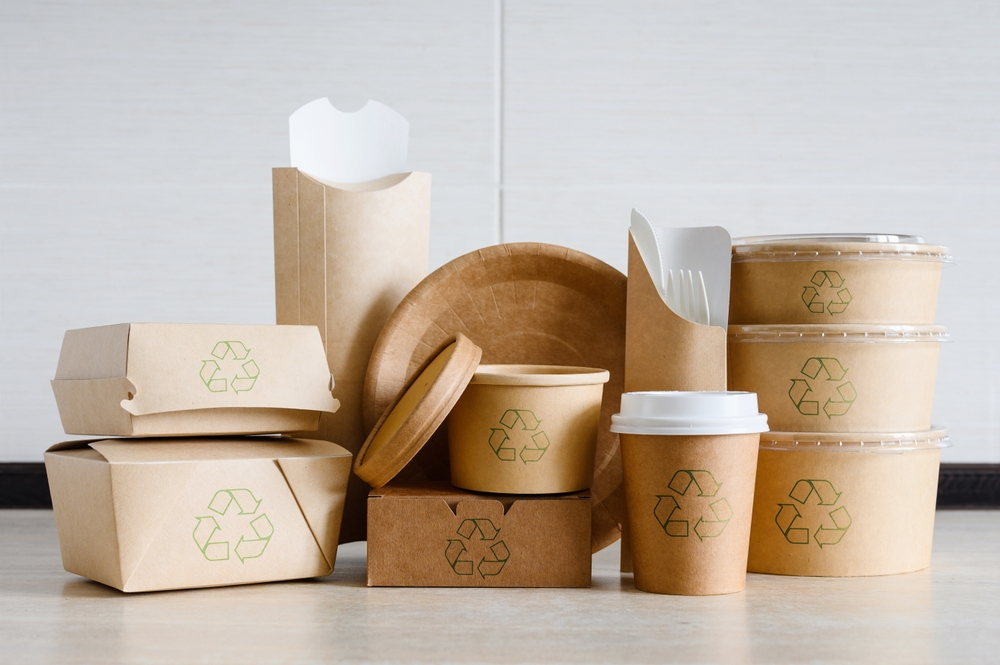
Recycled paper packaging might seem like an eco-friendly champion, yet it comes with its own set of complications. This packaging may harbor contaminants from its previous life, including inks, adhesives, and other chemicals that are not entirely removed during recycling. These contaminants can transfer to the food and present unforeseen health risks. The complexity of the recycling process means that not all potentially harmful substances are filtered out.
Opting for food packaged in virgin paper or certified safe recycled materials can reduce potential exposure. Additionally, supporting brands that prioritize transparency about their sourcing and recycling practices can promote safer outcomes. As consumers, understanding the intricacies of recycled materials and their implications on food safety is crucial. By prioritizing safe and informed choices, we can champion both environmental sustainability and personal health.
10. Migration Of Plasticizers From Lids And Seals
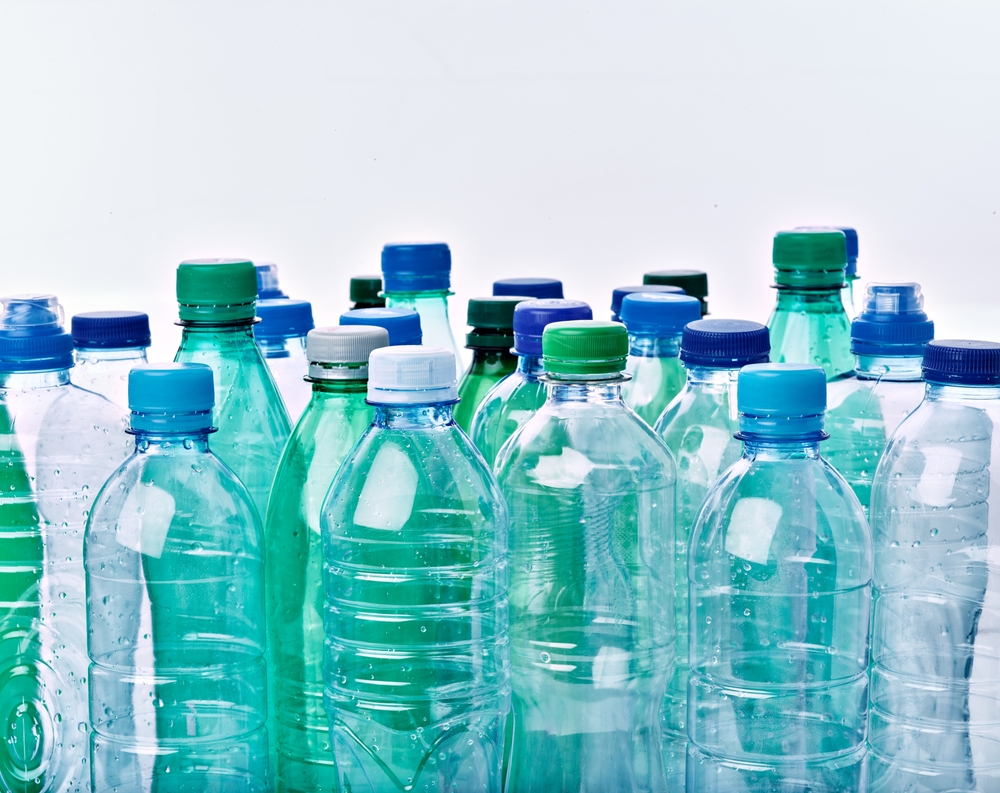
The snug seals on jars and bottles are essential for preserving freshness, yet they can introduce plasticizers into your food. These plasticizers, used to enhance the flexibility and durability of the seal, can migrate into food over time, especially when exposed to heat. This is concerning as plasticizers are known for their potential endocrine-disrupting effects. Their presence in food can contribute to various health issues, including hormonal imbalances.
Using jars with seals made from silicone or other less reactive materials can be a safer alternative. Ensuring proper storage, such as keeping jars out of direct heat and sunlight, can also mitigate the risk of chemical migration. Supporting products that use BPA-free and phthalate-free plasticizers can further enhance food safety. By staying informed about these risks, consumers can make proactive choices that prioritize their health.
11. Formaldehyde In Melamine Dinnerware
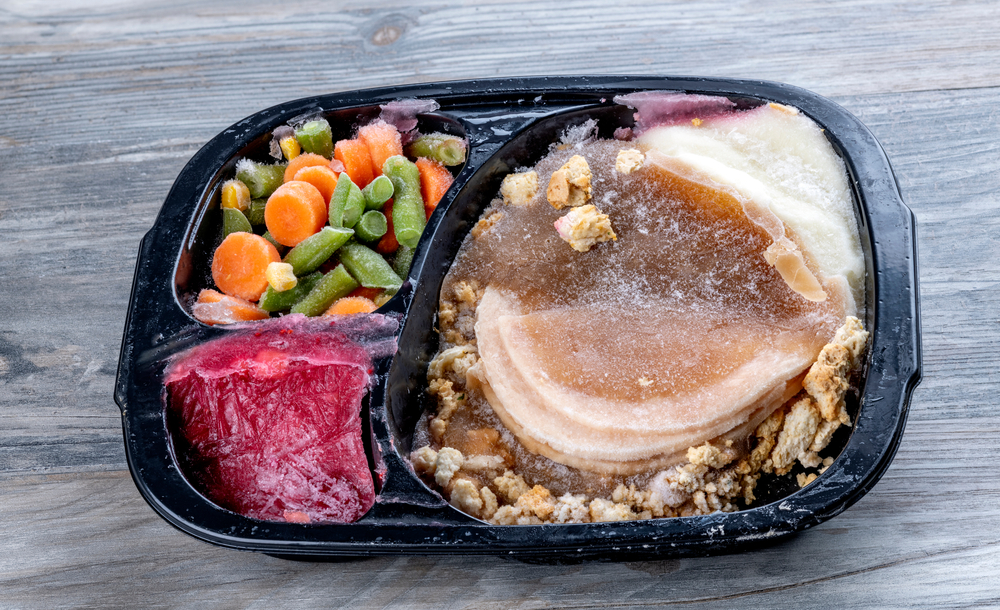
Melamine dinnerware is favored for its lightweight and shatterproof characteristics, but it carries hidden risks. Formaldehyde, a chemical used in its production, can leach into food, especially when melamine is used to serve hot foods or liquids. This chemical is a known irritant and is linked to various health concerns, including respiratory issues and cancer. The safety of melamine dinnerware is particularly concerning for children, who are more vulnerable to chemical exposures.
Switching to dinnerware made from ceramic, glass, or stainless steel can eliminate the risk associated with melamine. For those who prefer melamine for its durability, avoiding the use of such dinnerware for hot foods can significantly reduce exposure. Awareness and informed choices are key to ensuring that everyday items do not become sources of chemical ingestion. By prioritizing safer options, you can protect yourself and your family while maintaining the practicality you need in the kitchen.
12. Aluminum In Foil And Cans
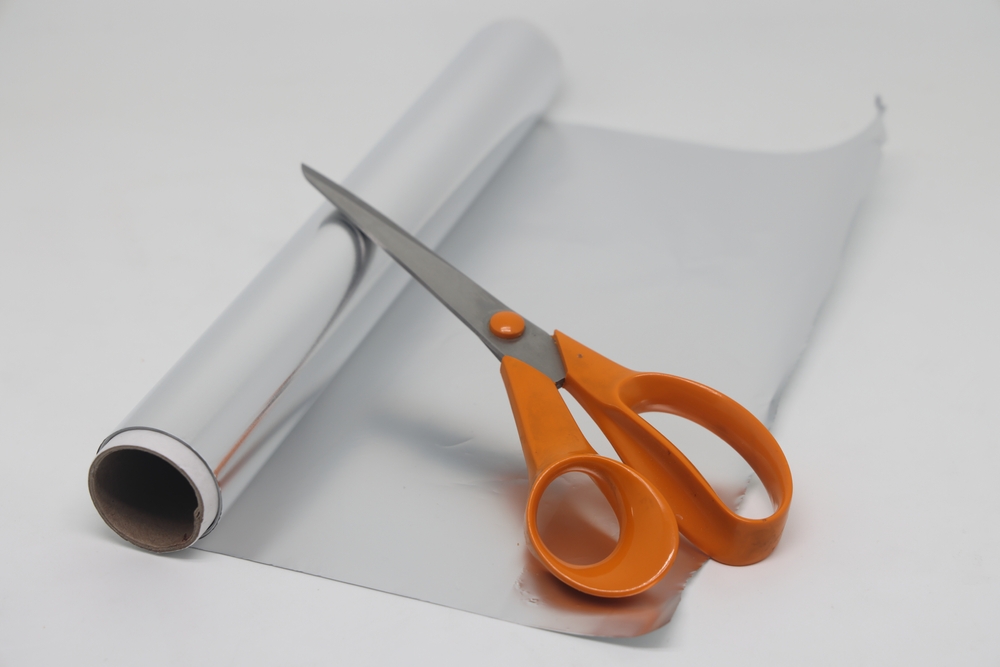
Aluminum is a common material in both foil and cans, valued for its lightweight and flexible properties. However, aluminum can leach into food, especially when it comes into contact with acidic or salty foods. This is a concern because high aluminum intake is associated with neurological issues and other health problems. While occasional use may not be harmful, consistent exposure through daily food storage and preparation can accumulate over time.
To minimize aluminum exposure, consider using parchment paper as a barrier when cooking with foil or choose glass containers for storage. Additionally, selecting cans that are lined with a safer material can prevent direct contact with aluminum. Staying informed about the potential risks of aluminum in food contact materials allows you to make proactive choices. By adapting your kitchen habits, you can significantly reduce the risk of unwanted chemical exposure.
13. Migration Of Chemicals From Silicone Baking Mats

Silicone baking mats have gained popularity for their non-stick properties and reusability, offering an eco-friendly alternative to disposable parchment paper. However, concerns about the migration of chemicals from these mats into food have emerged, particularly when used at high temperatures. While silicone is generally considered stable, lower-quality products may not withstand the stress of repeated use. This can lead to degradation and potential leaching of compounds into baked goods.
Opting for high-quality, food-grade silicone mats from reputable brands can mitigate these risks. Ensuring mats are used within recommended temperature ranges and inspecting them regularly for wear and tear can further enhance safety. As with many kitchen tools, understanding the material’s limitations and following proper usage guidelines are essential. By prioritizing quality and conscientious use, you can enjoy the benefits of silicone mats while minimizing potential chemical exposure.

Abisola is a communication specialist with a background in language studies and project management. She believes in the power of words to effectively connect with her audience and address their needs. With her strong foundation in both language and project management, she crafts messages that are not only clear and engaging but also aligned with strategic goals. Whether through content creation, storytelling, or communication planning, Abisola uses her expertise to ensure that her messages resonate and deliver lasting value to her audience.


